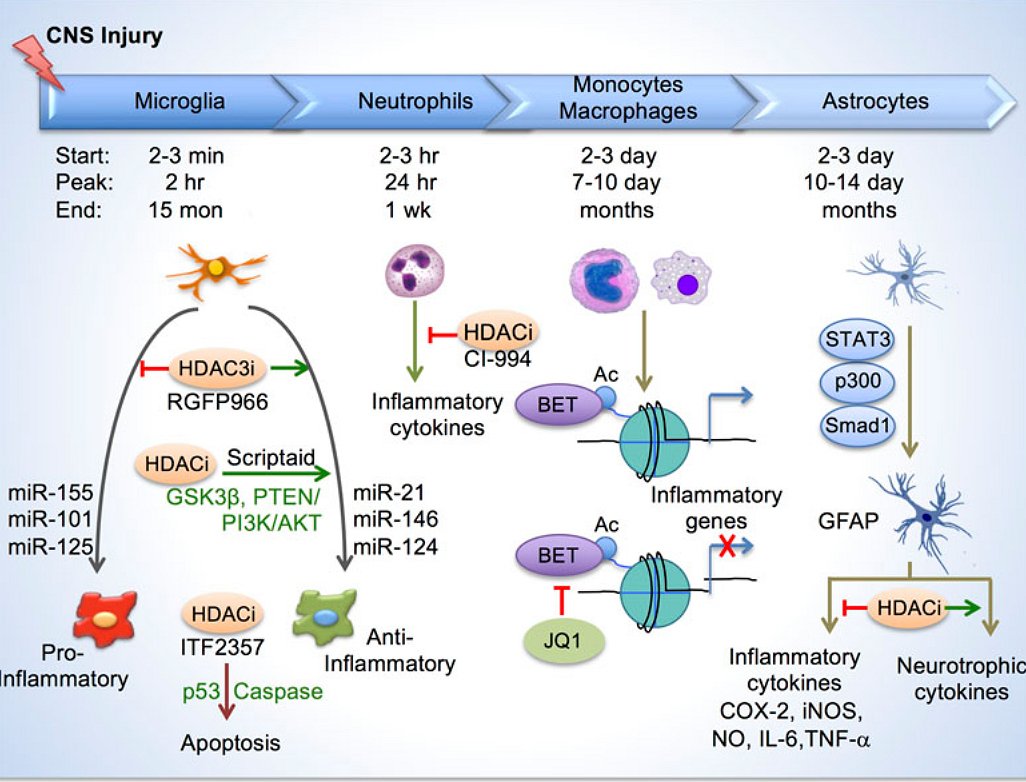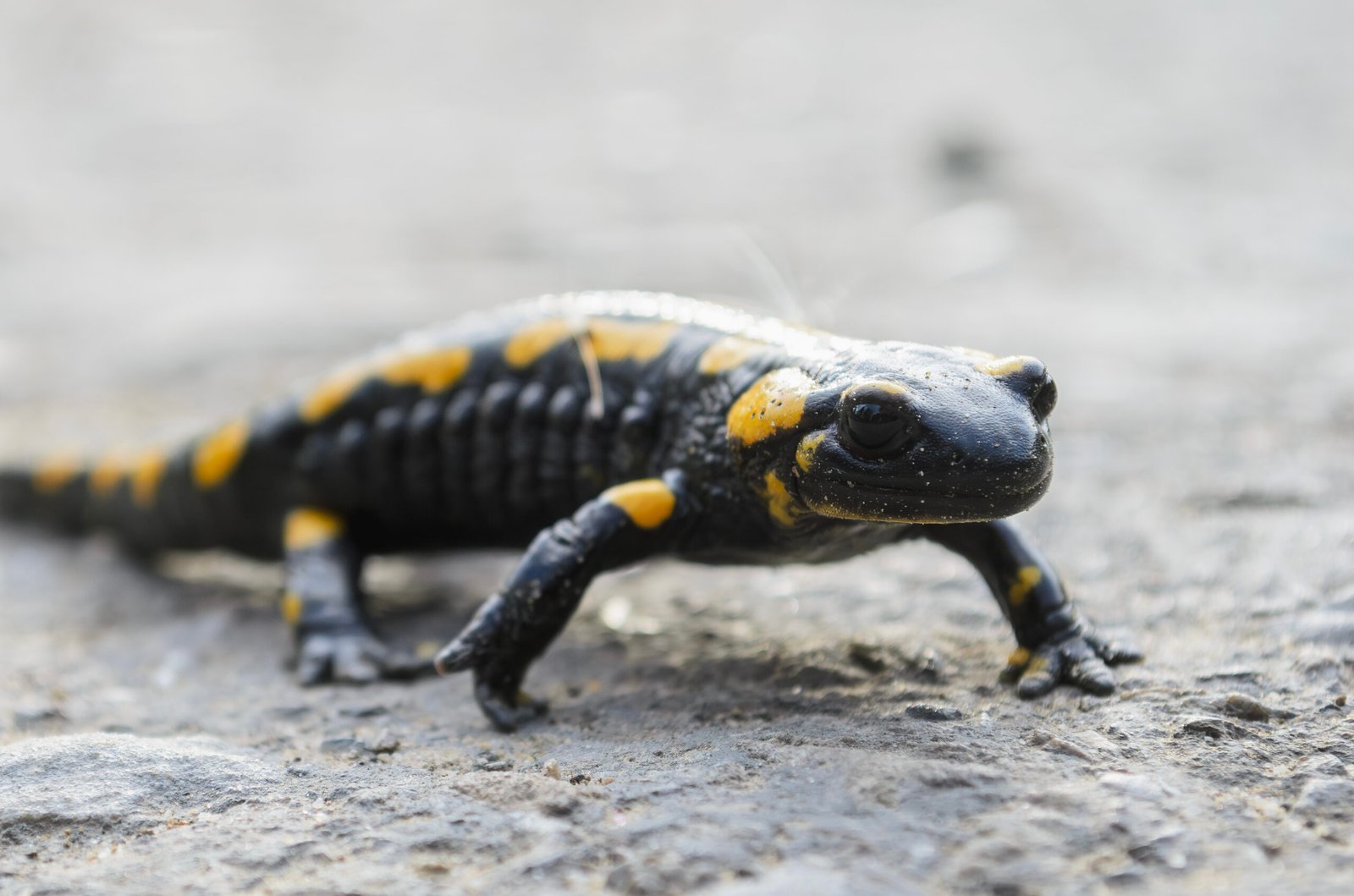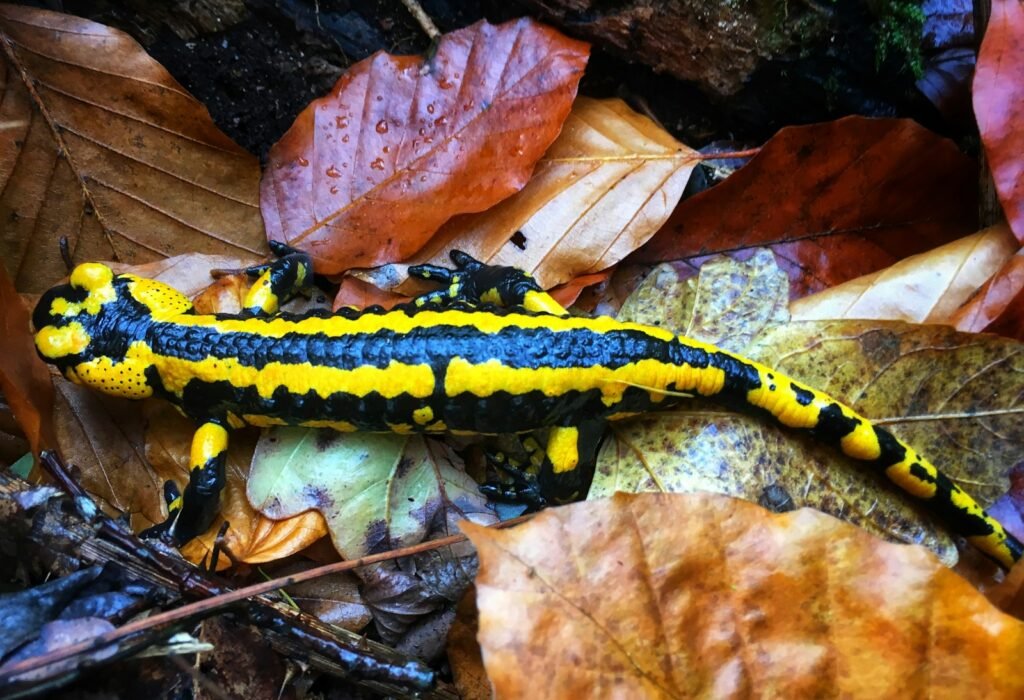Imagine a creature that, after a devastating injury, can simply regrow a lost body part—an arm, a tail, even chunks of its own brain. Sounds like science fiction, right? Yet, in the quiet ponds and streams of our world, salamanders are living proof that nature can outdo our wildest imaginations. Their genetic secrets defy our understanding of biology, pushing the limits of what we think is possible. If humans could unlock even a fraction of these abilities, medicine and healing would never be the same. What is it about salamanders that lets them pull off this miraculous feat? The answer lies deep in their strange—and fascinating—genetics.
The Marvel of Brain Regeneration
Salamanders don’t just regrow limbs; their power extends to their most complex organ: the brain. When a salamander sustains brain damage, its cells don’t panic—they get to work. In a matter of weeks, lost neural tissue is seamlessly replaced, restoring not just structure but also memories and learned behaviors. This is more than a party trick; it’s a survival strategy honed over millions of years. Most animals would be doomed by such injuries, but salamanders seem to shrug them off, displaying a kind of resilience that borders on magical. It’s this ability that has scientists scrambling to understand what makes salamander genetics so special.
Unusual Genes at Work
The salamander genome is a genetic oddball. It’s gigantic—sometimes 10 times larger than the human genome. But it’s not just the size that matters; it’s the unusual set of genes hiding in that DNA. Some of these genes are unique to salamanders, controlling processes that encourage cells to de-differentiate—essentially turning back the clock so that old cells act young again. Others fine-tune the immune response, preventing scarring and creating a welcoming environment for new growth. This cocktail of genetic instructions is unlike anything found in mammals, and it’s the secret sauce behind their regenerative might.
Stem Cells: The Unsung Heroes
At the heart of salamander regeneration are stem cells—nature’s ultimate multitaskers. When injury strikes, these cells swarm to the damaged site. But instead of following the rigid rules most animal cells obey, salamander stem cells get creative. They can become brain cells, spinal cord cells, or even muscle and skin. What’s even more amazing is their ability to remember what type of cell they used to be, helping to rebuild the brain with uncanny precision. This “cellular memory” is a game-changer, and researchers are eager to learn how to harness it for human medicine.
Epigenetics: Switching Genes On and Off

Salamanders don’t rely on their genes alone—the way those genes are used is just as important. Through a process called epigenetic regulation, salamanders can switch genes on or off depending on what’s needed. After brain injury, genes responsible for growth and repair are activated, while genes that would cause scarring or permanent damage are silenced. This precise control is like having a master conductor leading a complicated symphony, ensuring every instrument comes in at just the right moment. The end result? Flawless brain regeneration.
Why Don’t Humans Regenerate Like Salamanders?
It’s a question that frustrates scientists and dreamers alike: why can’t we regrow our own brains? The answer is complicated. Human brains are wired for complexity, not flexibility. Our immune systems react to injury with inflammation and scarring, which block regeneration. Meanwhile, humans lost some of the genetic programs that salamanders kept, probably as a trade-off for other advantages like a faster metabolism or longer lifespan. In a way, our evolutionary path closed the door on regeneration, while salamanders kept it wide open.
Lessons from Nature’s Experiment
Salamanders offer a living laboratory for scientists. By studying their genetics, researchers hope to find clues for repairing human brains after injury or disease. Already, experiments have shown that introducing salamander genes into mice can boost their own regenerative abilities—at least a little. These experiments are still in their early days, but they fuel hope that salamander secrets might one day lead to breakthroughs in treating strokes, Alzheimer’s, or traumatic brain injuries.
The Role of Immune Cells
Salamander immune systems play a unique role in regeneration. Instead of rushing in to seal off wounds with scar tissue, salamander immune cells carefully clear away debris and signal to stem cells when it’s time to start rebuilding. This delicate dance prevents the kinds of aggressive scarring that block regeneration in humans. It’s almost as if their immune systems understand when to help and when to get out of the way. Understanding this balance could transform how we treat injuries in people.
Not All Salamanders Are Equal
It’s easy to think all salamanders are superheroes, but some species are better at regeneration than others. The axolotl, for example, is the poster child for brain regrowth, while other salamanders can only manage partial repairs. Genetics, environment, and even diet can influence how well a salamander repairs itself. By comparing different species, scientists can zero in on which genes matter most—and maybe find ways to “turn up” regeneration in less capable animals.
Regrowing More Than Brains
While brain regeneration grabs headlines, salamanders can also regrow entire limbs, spinal cords, even parts of their heart and eyes. The genetic tools they use for these repairs are similar to those for brain regeneration, suggesting a common blueprint for fixing almost anything. For salamanders, healing isn’t just about survival—it’s about thriving, no matter what nature throws their way. This all-in approach to regeneration makes them the envy of the animal kingdom.
Brain Regeneration in Action
Imagine a salamander after a predator attack. Its head is injured, and brain tissue is lost. Over the next few weeks, cells swarm to the injury, nerves reconnect, and lost memories return. Unlike in humans, where such injuries mean permanent disability or death, the salamander simply goes on with its life, hunting, swimming, and even breeding. Watching this process in the lab is nothing short of astonishing—it’s like witnessing a time-lapse of life itself, rewinding and replaying until everything is back in place.
The Mystery of Memory Restoration
One of the most unbelievable aspects of salamander brain regeneration is how they seem to recover lost memories. Scientists have trained salamanders to run mazes, removed parts of their brains, then watched as the animals relearned tasks at lightning speed—or sometimes didn’t need to relearn at all. This suggests that not only is the physical structure repaired, but the “software” of memory is restored as well. It’s a mystery that challenges everything we know about how brains store information.
Environmental Influences on Regeneration
Regeneration isn’t just about genes—it’s also shaped by the salamander’s environment. Factors like temperature, water quality, and the presence of certain nutrients can speed up or slow down the healing process. Some pollutants, unfortunately, can block regeneration entirely. This shows that even the most gifted healer needs the right conditions to work their magic. It’s a reminder that protecting salamander habitats isn’t just an ecological concern; it’s also vital for scientific discovery.
The Regeneration Timeline
Brain regrowth in salamanders doesn’t happen overnight. Depending on the species and the extent of injury, full recovery can take weeks or even months. The process moves in stages: first, inflammation and cleaning; next, cell proliferation and differentiation; finally, integration and fine-tuning. Each step must be perfectly timed, or regeneration stalls. This timeline isn’t just a curiosity—it’s a roadmap for scientists hoping to coax similar healing in other animals, maybe even humans.
Genetic Engineering: The Next Frontier
With the secrets of salamander genetics slowly coming to light, some researchers are trying to engineer similar traits in other animals. Using CRISPR and other gene-editing tools, scientists have begun to “borrow” salamander genes and insert them into mice and fish. Early results are promising, but there’s a long way to go before such methods could help people. Still, the idea of using genetic engineering to unlock human regeneration is no longer pure fantasy—it’s a question of when, not if.
Potential Medical Breakthroughs
If scientists can crack the salamander code, the benefits for medicine could be enormous. Imagine treatments that restore lost brain tissue after a stroke, or therapies that help children with brain injuries recover fully. Even conditions like Parkinson’s or dementia might one day be treatable with regenerative medicine inspired by salamanders. The stakes are high, and every new discovery brings us a step closer to a future where healing is limited only by our imagination.
Ethical Questions and Challenges

As exciting as salamander-inspired science is, it raises tough questions. Should we try to give humans the power of regeneration, or are there risks we can’t yet foresee? Could these genetic changes have unintended side effects, like cancer or uncontrolled growth? Scientists and ethicists are already debating the best ways to explore salamander genetics safely and responsibly. The answers will shape the future of regenerative medicine.
Conservation: Protecting Nature’s Healers

Salamanders face threats in the wild—habitat loss, pollution, and disease are taking their toll. If we lose these remarkable creatures, we lose their genetic secrets as well. Conservation isn’t just about saving a species; it’s about preserving a living library of knowledge that could change the world. Every time a pond dries up or a forest is cleared, we risk erasing the blueprints for some of nature’s most astonishing abilities.
The Future of Regeneration Research
The field of regeneration science is moving fast. With each passing year, new tools and technologies let us peer deeper into salamander DNA. International teams are working together, sharing insights and racing to be the first to turn salamander science into treatments for people. The next breakthrough could come from an unexpected place—a forgotten species, a new gene, or even a bold young scientist inspired by a childhood encounter with a salamander in the woods.
The Enduring Mystery
Despite all we know, salamander genetics still hold mysteries that science can’t fully explain. How do they avoid cancer while rapidly growing new tissue? How do they rebuild not just structure but function and memory? Each answer leads to more questions, and the chase continues. For now, salamanders remain nature’s quiet miracle workers, showing us what’s possible when evolution takes the road less traveled.
The next time you spot a salamander slipping through the mud, remember: beneath that humble exterior lies a genetic code more powerful and mysterious than any superhero’s. Isn’t it astonishing how much hope can fit into such a small, slippery package?




